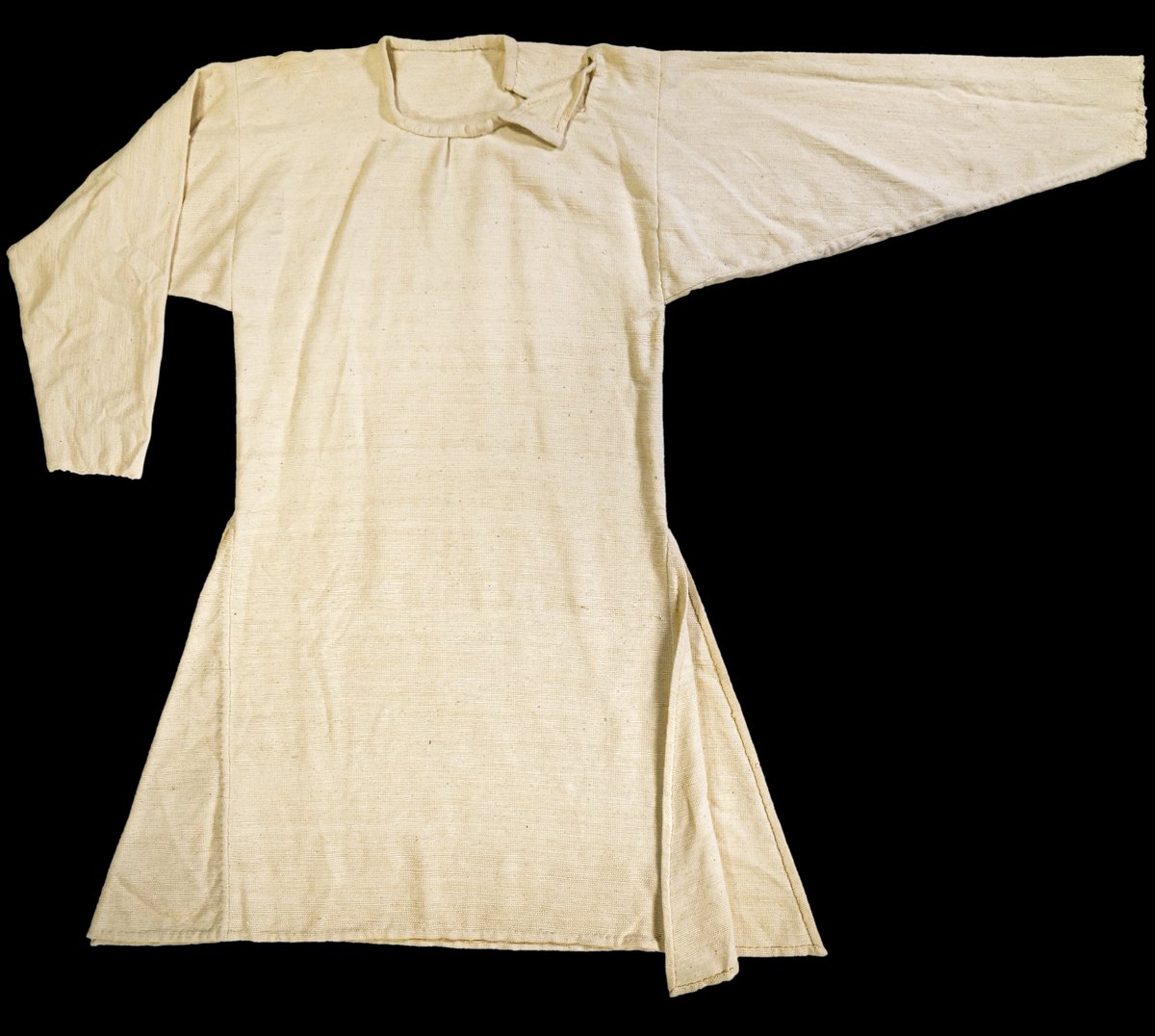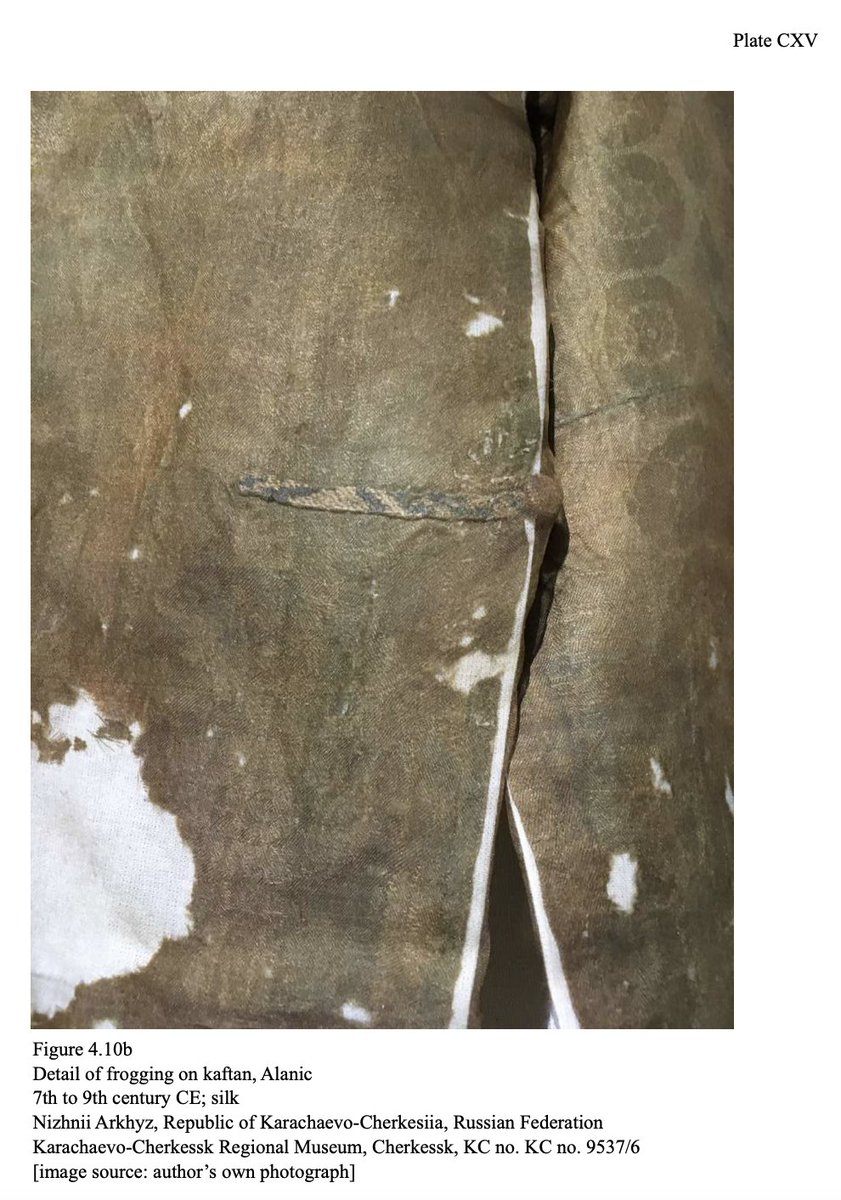When we want to recreate Sasanian military, armour, clothing... we need to consider new finds, lesser known sites & artefacts to really understand the evolution & use of various components
Let's say for example multiple friezes from Bishapur showing riders
⤵️

Let's say for example multiple friezes from Bishapur showing riders
⤵️
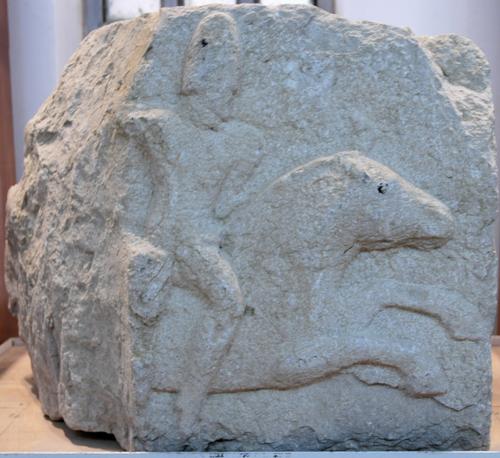
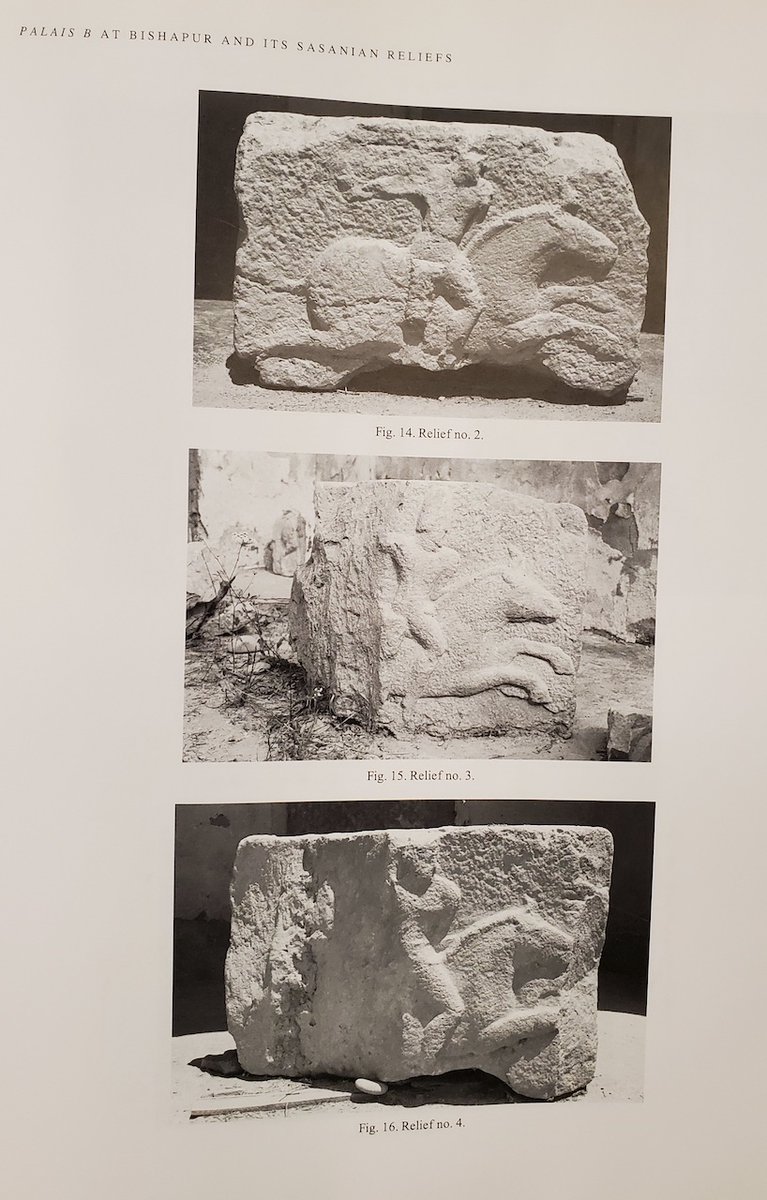
who appear to be in full gallop based on other depictions. We would need access for better photos of various smaller representations to do the best recreation
Here for example an archer from Chal Tarkhan, Iran
⤵️
Here for example an archer from Chal Tarkhan, Iran
⤵️

That is my role. I go, dig and find the rarest pieces so others can use them in their artistic work. I like the research & investigation part
I also enjoy putting various disparate pieces together
Photo: rare coins of Kavad I (473 – 531) with better depiction of clothing
⤵️
I also enjoy putting various disparate pieces together
Photo: rare coins of Kavad I (473 – 531) with better depiction of clothing
⤵️
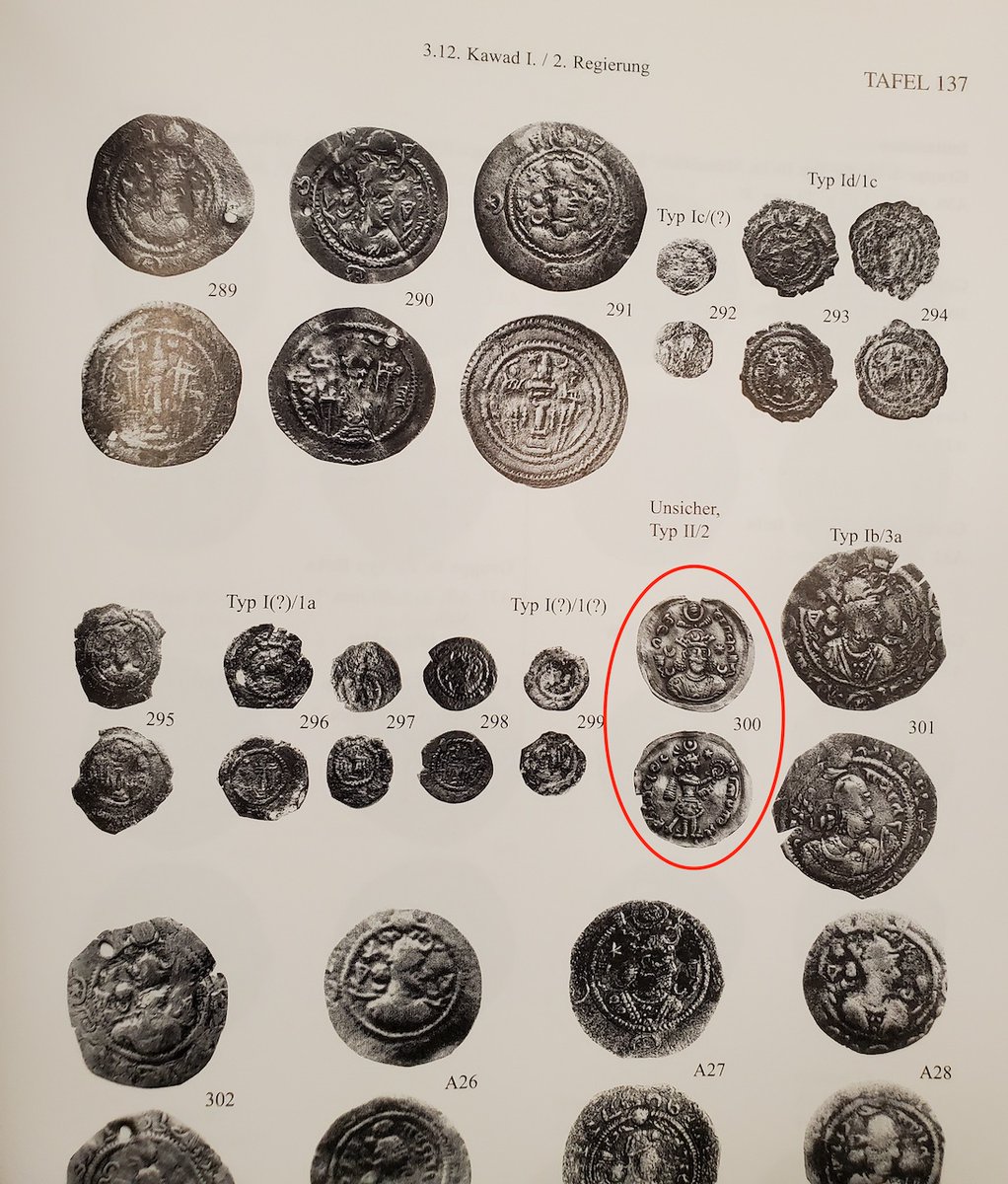
Once I have more time I have plans to put every piece I have in a timeline of Sasanian clothing, divided into very specific outerwear. It's fairly complex!
We can't just call everything "tunic", "robe" or kaftan!
Photos: Sasanian Bas-relief in Haft-Tanan Museum of Shiraz
⤵️

We can't just call everything "tunic", "robe" or kaftan!
Photos: Sasanian Bas-relief in Haft-Tanan Museum of Shiraz
⤵️


I will be using this system & categorization to go from early Sasanian era all the way to end of that era, and compare outerwear to Sogdians, Alans etc.
I've already done a thread on history of "riding" coats in ancient Iran from Achaemenid to Sasanian era
⤵️



I've already done a thread on history of "riding" coats in ancient Iran from Achaemenid to Sasanian era
⤵️




We have a surviving Sasanian tunic, I have a couple of depictions of "cloaks" which most don't even know was as different kind of clothing and supposed scholars call depictions with those modern forgeries! lol
That is the state of knowledge right now! It can't be!
⤵️
That is the state of knowledge right now! It can't be!
⤵️
Kaftans & robes will be a little harder to distinguish in some depictions.
Once again contrary to what some have said before, multiple sources in fact confirm the "Alanic" cut of clothes was largely similar to Sogdian, itself in some respects similar to Sasanian
⤵️
Once again contrary to what some have said before, multiple sources in fact confirm the "Alanic" cut of clothes was largely similar to Sogdian, itself in some respects similar to Sasanian
⤵️
but we again have to remember the Complexity. In even the same era, the king in a depiction could be wearing more "modern clothing", while the deities wear dated clothing to perhaps note their ancient nature
here see for example "full skirted" tunics, the older style
⤵️

here see for example "full skirted" tunics, the older style
⤵️


Interestingly, in post-Sasanian era in some metal objects..., the depictions went "back" to full skirted, older look.
Here a likely Sasanian depiction now @ Israel
⤵️
Here a likely Sasanian depiction now @ Israel
⤵️

See here examples of "indented tunics", "rounded-edged tunic", and "flat-edged tunics"
Categorizing all Sasanian plates, monuments etc. in terms of armour, clothing etc. will be pretty difficult! But I think it's worth it and it's necessary.
⤵️

Categorizing all Sasanian plates, monuments etc. in terms of armour, clothing etc. will be pretty difficult! But I think it's worth it and it's necessary.
⤵️


way too many "scholars" call a riding coat a tunic, they call a tunic a robe etc.! They compare a Sasanian riding coat to a Sogdian tunic to say they're different!! Well to state the obvious, they're Wrong!
Even details of a miniature painting from Bandian can help in details
Even details of a miniature painting from Bandian can help in details

of what appears to be body armour, the bow...
Here rider from Qale Torshab, Kashan, Iran
See "New sasanian Monuments from Kashan-Qale Torshab -
نویافته های ساسانی از قلعه ترشاب کاشان
Again we can learn from decorations of horse, the bow...
⤵️
Here rider from Qale Torshab, Kashan, Iran
See "New sasanian Monuments from Kashan-Qale Torshab -
نویافته های ساسانی از قلعه ترشاب کاشان
Again we can learn from decorations of horse, the bow...
⤵️

It's difficult to say with certainty, like some alleged scholars try to do ;), whether in X Sasanian century X was the style of clothing.
It was far more complex! A lot of items, including plates, also appear to depict clothing of earlier eras. But we can still categorize them
It was far more complex! A lot of items, including plates, also appear to depict clothing of earlier eras. But we can still categorize them
based on cut and type of outerwear (e.g., coat, robe, kaftan, vs. tunic underneath other clothing), if not as precisely based on era.
I've also shared many unknown or lesser known metal objects from various collections...
e.g., 1: al Sabah collection, earlier Sasanian style
⤵️

I've also shared many unknown or lesser known metal objects from various collections...
e.g., 1: al Sabah collection, earlier Sasanian style
⤵️


on left, compare to Sasanian style on cup from Miho, also on left
Of course with some of these, authenticity is also an issue. But I will still categorize these as well when I get the chance
3 plates from Wyvern Collection
⤵️


Of course with some of these, authenticity is also an issue. But I will still categorize these as well when I get the chance
3 plates from Wyvern Collection
⤵️



1: al Sabah Collection
2: Wyvern Collection
Maybe I'll do a timeline of hairstyles & haircuts too!
⤵️

2: Wyvern Collection
Maybe I'll do a timeline of hairstyles & haircuts too!
⤵️


And I will look at styles in slightly post-Sasanian eras
For example here the local ruler is still wearing Sasanian style clothing with pearl roundel and lion motifs. At least one musician has the 3-dot motif on their clothing
⤵️
For example here the local ruler is still wearing Sasanian style clothing with pearl roundel and lion motifs. At least one musician has the 3-dot motif on their clothing
⤵️

We also have the issue of exact dating of various objects , local imitations of Sasanian style, or Sasanian royal style, and post-Sasanian imitation of Sasanian objects!
But again, still we can categorize the type of clothing, be it robe, kaftan, coat, and type of tunic
⤵️

But again, still we can categorize the type of clothing, be it robe, kaftan, coat, and type of tunic
⤵️


3 other examples of likely post-Sasanian objects
1: @ Germany
2: @ Cincinnati, US
3: From Khorasan, late eighth or early ninth C, current location unknown to me


1: @ Germany
2: @ Cincinnati, US
3: From Khorasan, late eighth or early ninth C, current location unknown to me



Also see these examples from Yatsenko re complexity of #Sasanian clothing in various eras, plus some hairstyles!
And rarer depiction of Sasanian female clothing, @ al Sabah collection (photo 4)
1: early period male
2: female
3: late period male
⤵️



And rarer depiction of Sasanian female clothing, @ al Sabah collection (photo 4)
1: early period male
2: female
3: late period male
⤵️



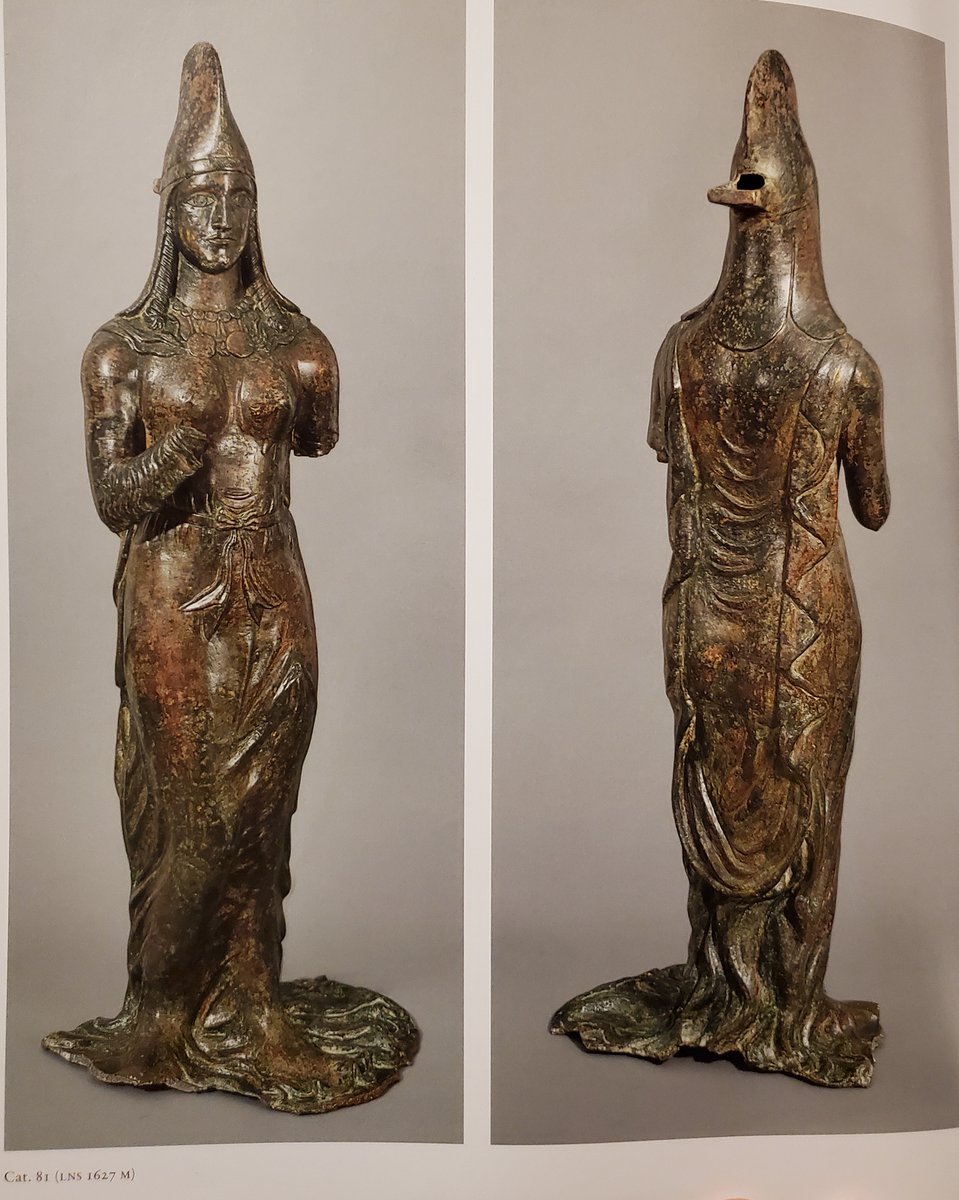
now it helps to compare apples to apples, so let's try that!
Compare some early male Sasanian styles (photo 1) to some male Sogdian & Central Asian styles from 1-3 C
Interestingly we see more v-neck styles on Sasanian side, likely Parthian-inspired
⤵️

Compare some early male Sasanian styles (photo 1) to some male Sogdian & Central Asian styles from 1-3 C
Interestingly we see more v-neck styles on Sasanian side, likely Parthian-inspired
⤵️


Now late period Sasanian male clothing (1), compared to Sogdian male styles of 5-8 C
Note this is not a complete picture. We have examples of cloaks from this era from Sasanian Iran too. We also don't get a good look at collars of male kaftans. In fact, Sasanian styles also
⤵️

Note this is not a complete picture. We have examples of cloaks from this era from Sasanian Iran too. We also don't get a good look at collars of male kaftans. In fact, Sasanian styles also
⤵️


likely had a double lapel. We just don't see a direct example of that because the depictions we have are of more royal, formal occasions. I will keep looking for an example
We also see female styles overlap. We can't cherry pick to try to say Sogdian style was totally different


We also see female styles overlap. We can't cherry pick to try to say Sogdian style was totally different


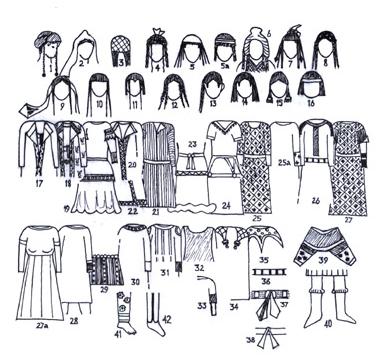
Now let's look at some examples, this is exciting!!
1) Tunic
1-2: Child's tunic, 1: @ Germany, 2 @V_and_A
3-4: likely tunic, not "robe" though I could be wrong and the cut was simply different in China
Comparable to excavated Sasanian tunic form saltmen
⤵️



1) Tunic
1-2: Child's tunic, 1: @ Germany, 2 @V_and_A
3-4: likely tunic, not "robe" though I could be wrong and the cut was simply different in China
Comparable to excavated Sasanian tunic form saltmen
⤵️



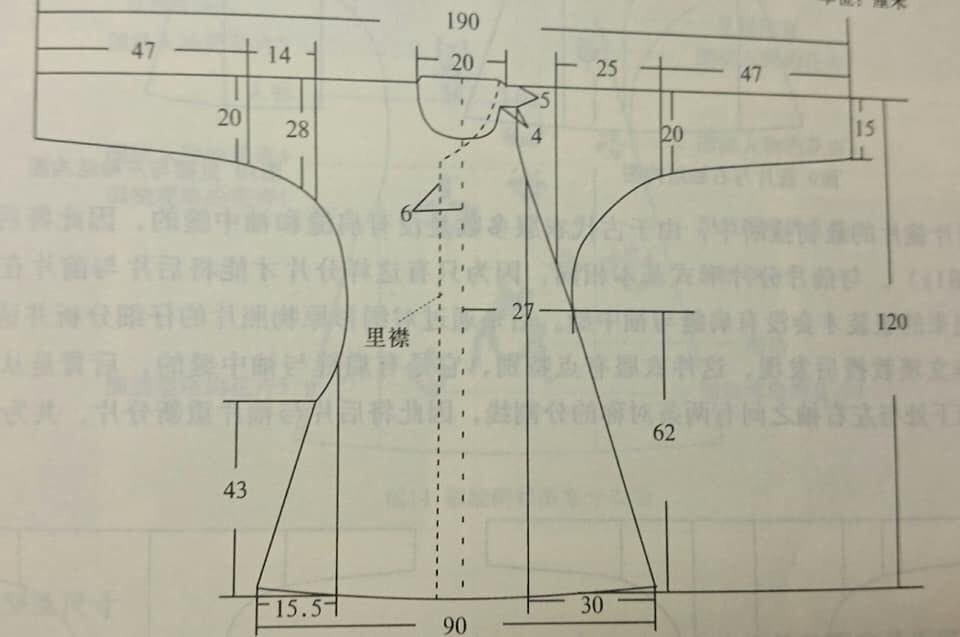
now compare to
1: another Egyptian Tunic, @MuseeLouvre
2: "Young women's tunic, Alanic"
3: woman's tunic, Alanic
4: Child's tunic, 800-900, from Caucasus, @ Belgium
⤵️



1: another Egyptian Tunic, @MuseeLouvre
2: "Young women's tunic, Alanic"
3: woman's tunic, Alanic
4: Child's tunic, 800-900, from Caucasus, @ Belgium
⤵️




2) Riding coats = long-sleeved coats which I talked about in depth before
Seems to have been a Sasanian style, so can't compare these to tunics, robes, kaftans... from Sogdia or elsewhere
⤵️



Seems to have been a Sasanian style, so can't compare these to tunics, robes, kaftans... from Sogdia or elsewhere
https://twitter.com/On_Persia/status/1566197667377577985?s=20&t=mgOmZQX5AyOHTY-NlbTxYw
⤵️




3) Kaftan
It's sometimes hard for me to tell the difference between kaftan and robe, and authors use various inconsistent names
If we go with this categorization, multiple sources confirm a similar cut among Alans compared to Sogdians, themselves comparable to Sasanian styles



It's sometimes hard for me to tell the difference between kaftan and robe, and authors use various inconsistent names
If we go with this categorization, multiple sources confirm a similar cut among Alans compared to Sogdians, themselves comparable to Sasanian styles




Generally it appears Alanic style has wider parts, is looser on body, just to generalize!
See also #Sogdian Kaftan lapel styling and belt accoutrements
⤵️

See also #Sogdian Kaftan lapel styling and belt accoutrements
⤵️


I think we can use at least some Alanic surviving kaftans to decipher how some Sasanian & Sogdian styles could have looked like
⤵️

⤵️


I especially think this Alanic style of kaftan corresponds to some surviving Sasanian depictions, not to mention it has the Iranian, Sasanian Simurgh motif on it. Though I don't have full details of collar area
⤵️

⤵️


Based on the cut and length, though I need more information on it, this one appears to be a Sogdian kaftan, not robe, at least based on the categorization that I'm going with
@MuseeGuimet
⤵️

@MuseeGuimet
⤵️


4) Robe
It's the longest outerwear, with a different cut from kaftans
These have been labeled robes
1: 1st century BCE to 1st century CE, Kurgan 6, Noin Ula, Tov Province, Mongolia
2-3: "Yingpan Man", 3rd-4th Century, China, likely Bactrian or otherwise Iranian
⤵️


It's the longest outerwear, with a different cut from kaftans
These have been labeled robes
1: 1st century BCE to 1st century CE, Kurgan 6, Noin Ula, Tov Province, Mongolia
2-3: "Yingpan Man", 3rd-4th Century, China, likely Bactrian or otherwise Iranian
⤵️



A robe now @hermitage_eng , 8th C, with Simurgh motif on it
I would call this a candidate for how Sasanian robes likely looked (roughly)
⤵️
I would call this a candidate for how Sasanian robes likely looked (roughly)
⤵️

And I think this Alanic one now @metmuseum, 7-9 C, is also a robe, not kaftan/caftan, given the cut and how long it is, though I could be wrong.
Again, people like eranudturan, without realizing the complexity of various styles of clothing, have previously said this is Alanic...

Again, people like eranudturan, without realizing the complexity of various styles of clothing, have previously said this is Alanic...


NOT Sasanian, because they've compared a robe to a tunic or kaftan!! That is WRONG!
As a robe, I don't see any immediate issue that this is in fact a good rep of robes from Sogdia & Sasanian Iran, at least one style of long, delicate, silk robes
This one also has the double-axe
As a robe, I don't see any immediate issue that this is in fact a good rep of robes from Sogdia & Sasanian Iran, at least one style of long, delicate, silk robes
This one also has the double-axe
motif which is stylized boars & unique to Alans
Do you see how complex it is? No child's play & hobby for the likes of eranudturan
From Alans, we also have other amazing finds somewhat similar to other Iranian styles we could use in recreations
Woman's headwear & attire
⤵️

Do you see how complex it is? No child's play & hobby for the likes of eranudturan
From Alans, we also have other amazing finds somewhat similar to other Iranian styles we could use in recreations
Woman's headwear & attire
⤵️


One style of v-neck tunic or jacket, Egypt
Compare to Sasanian style. It appears Sasanian style v-shape was as a result of overlapping sides of "surplice-neckline jacket"... But in any event, from Parthian to early Sasanian era we could have had this style of v-neck cut too
⤵️

Compare to Sasanian style. It appears Sasanian style v-shape was as a result of overlapping sides of "surplice-neckline jacket"... But in any event, from Parthian to early Sasanian era we could have had this style of v-neck cut too
⤵️


More Alanic headwear
1: Girl's hat with fur
2: girl's hat
3: girl's hat, with #Simurgh /Senmurv motif!
In short, given ALL the examples we have, we can begin to understand Iranian, including Sasanian, clothing, and try to properly recreate it :)
More to come...


1: Girl's hat with fur
2: girl's hat
3: girl's hat, with #Simurgh /Senmurv motif!
In short, given ALL the examples we have, we can begin to understand Iranian, including Sasanian, clothing, and try to properly recreate it :)
More to come...



• • •
Missing some Tweet in this thread? You can try to
force a refresh




